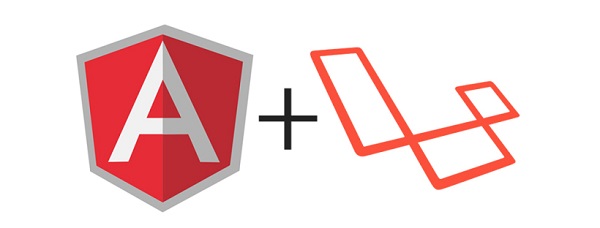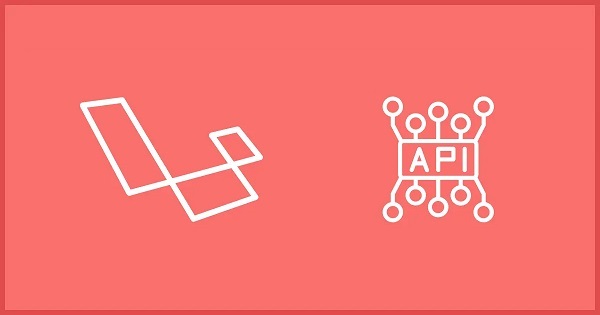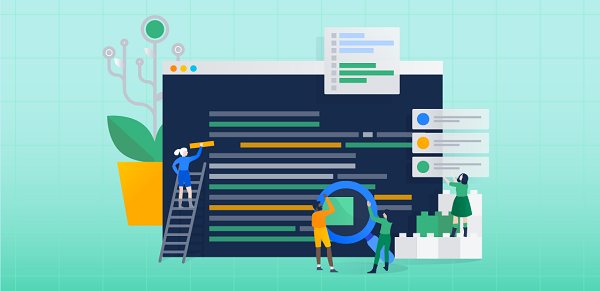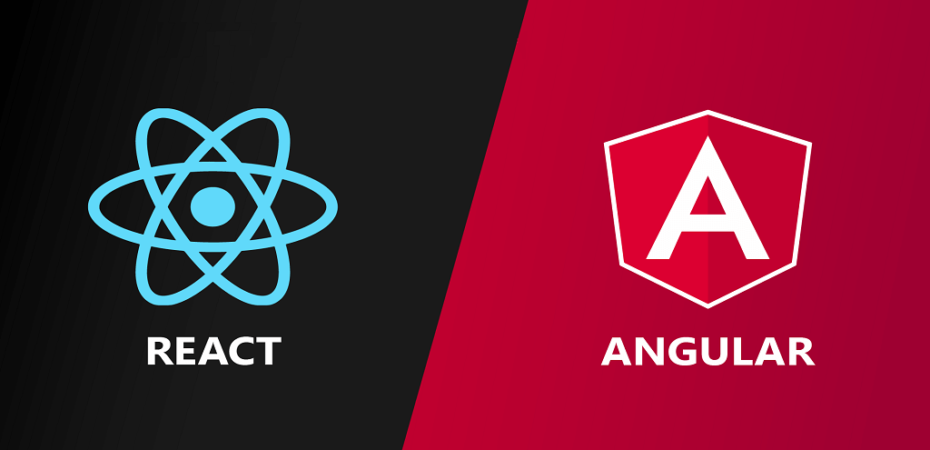Web development frameworks have revolutionized the way we build web applications. Laravel and Angular.js are two of the most popular frameworks that developers use today. The former is a PHP-based web framework that simplifies web development by providing out-of-the-box solutions for common web development tasks. The latter, in turn, is a JavaScript framework that helps developers build dynamic web applications with ease. In this article, we’ll discuss how to integrate Laravel with Angular.js to maximize the potential of both frameworks.
Setting Up the Development Environment
Before we dive into the integration process, let’s start by setting up the development environment. Unless you are using the help of professional Laravel Software Development Services, you will have to take care of it all yourself. First, you need to install Laravel and Angular.js. Laravel can be installed using Composer, a PHP package manager, while Angular.js can be installed using the Node.js package manager. Once both frameworks are installed, you can configure the development environment for both frameworks.
Integrating Angular.js with Laravel

Integrating Angular.js with Laravel can be a bit tricky, but it is worth it. With Angular.js, you can create dynamic user interfaces and easily bind data to HTML elements, while Laravel provides a robust backend for handling database queries and API requests. For guaranteed success, it is safer to turn to professional services such as https://www.expertremote.io/hire-angularjs-developer/ or the like. However, if you are determined to stick with the DIY approach, this simple guide will introduce you to the basics.
To start integrating Angular.js with Laravel, you first need to create a new Laravel project using the Laravel CLI. Once you have created your Laravel project, you can then add Angular.js to it. Here is a brief overview of what needs to be done.
1. Install Angular.js
To install Angular.js, you can use the Angular CLI, which is a command-line tool for creating, building, and deploying Angular applications. As to Angular CLI’s installation, open your terminal and run the following command:
npm install -g @angular/cli
Now, you can create a new Angular application by running the following command:
ng new my-app
This will create a new Angular application in a directory called my-app.
2. Create an API endpoint
Next, you need an API endpoint in Laravel that Angular.js can consume. For this, you can create a new controller and define a method that returns JSON data. For example, you could create a UserController with a getUsers method that returns a list of users from the database.
3. Make an HTTP request from Angular.js
Now that you have created an API endpoint in Laravel, you can make an HTTP request from Angular.js to consume that endpoint. You may use the HttpClient module in Angular.js.
In your code, you define an interface for the user object, which is the data that will be returned from the API endpoint. You then define a component called AppComponent that makes an HTTP request to the API endpoint using the HttpClient module. Once the data is returned from the API, it is assigned to the user’s property, which is then used to display the list of users in the template.
4. Serve the application
Finally, you can serve the application using the Laravel development server by running the following command:
php artisan serve
This will start the Laravel development server on http://localhost:8000. You can then navigate to http://localhost:8000 in your browser to see the Angular.js application in action.
By following these steps, you will get started with integrating the two frameworks and take your web development skills to the next level.
Building RESTful APIs with Laravel

RESTful APIs are a popular way of building web applications. They provide a way for different applications to communicate with each other over HTTP. Laravel provides an easy way to create RESTful APIs. To create a RESTful API in Laravel, we need to define the routes, controllers, and models. Once the API is created, we can consume it in Angular.js using the $http service. The $http service provides an easy way to make HTTP requests and retrieve data from the API.
Authentication and Authorization
Authentication and authorization are important aspects of web development. Laravel provides an easy way to implement authentication and authorization using middleware. The latter is a type of software that acts as a bridge between different applications. In Laravel, middleware is used to handle HTTP requests and responses. You can use middleware to implement authentication and authorization in Laravel.
Once authentication and authorization are implemented in Laravel, you can use them in Angular.js by using the $http service. You can add headers to the $http requests to send authentication tokens and authorization information.
Best Practices for Maximizing Potential
Now that we’ve discussed how to integrate Laravel with Angular.js, let’s talk about two important practices for maximizing the potential of both frameworks.
| Optimizing Performance | Ensuring Security |
| By optimizing performance, you create web applications that are fast and responsive. To optimize performance, it is necessary to minimize the number of HTTP requests, reduce the size of the JavaScript and CSS files, and use caching. | By ensuring security, you protect the web application from malicious attacks. For this, you should implement HTTPS, use encryption, and validate user input. |
Tips for Maintaining Code Quality and Scalability

Maintaining code quality and scalability is crucial for the long-term success of any web application. If you follow these best practices, there are good chances your code will be of high quality and scaled easily:
- Use a consistent coding style throughout the application.
- Use proper naming conventions for variables, functions, and classes.
- Use version control software like Git to keep track of changes to the codebase.
- Write unit tests to ensure that the code is working as expected.
- Use design patterns and best practices to ensure that the code is modular and easy to maintain.
Final Thoughts
Integrating Laravel with Angular.js can be a challenging task, but the benefits of doing so are enormous. By integrating the two frameworks, you can create dynamic web applications that are easy to maintain and scale. In this article, we’ve provided a step-by-step guide on how to integrate Laravel with Angular.js and optimize the potential of both frameworks. So, go ahead and take your web development to the next level!
Read also:

